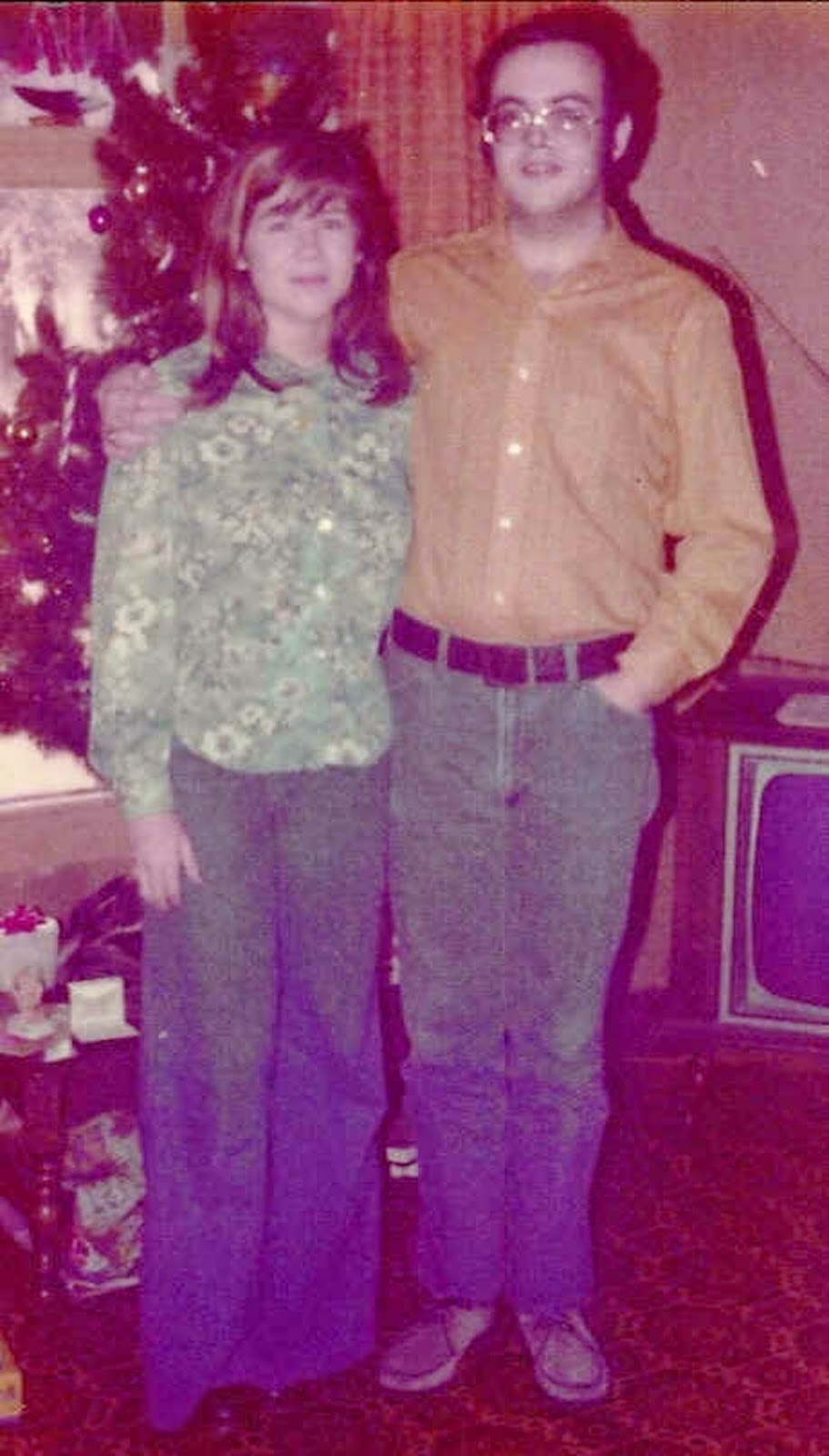I read 127 books this year, a small increase from last year's 116. 77 of them were
e-books, so while that makes up the majority of my reading, I still read quite
a few print books, too, and I expect that rough split to continue. 33 of the
127 were review copies. I wasn't able to review all the books that were sent to
me, but I read and blogged about as many of them as I could and I'm sure some
of the others will show up on the blog in the future. 21 of the 127 were books
that I edited and published. In looking through the list, I noticed that I
didn't read any books published in 2015 by the so-called Big Five. The only new
books I read from traditional publishers came from Kensington and Baen,
companies that have distribution deals with the Big Five but are independently
owned, and there were only a few of those. Everything else I read was either
small press, self-published, or decades old. This wasn't intentional. I'm
certainly not boycotting the Big Five. But it's an unavoidable fact that
they're publishing less and less that I want to take the time to read these
days, while there's so much good stuff coming out from those other sources that
I couldn't even hope to keep up with it. The important thing to me is that I
don't think I'll ever run out of good books to read.
Which brings us to my top ten favorites of the books I read this year, in alphabetical order by author:
LIE CATCHERS, Paul Bishop
Which brings us to my top ten favorites of the books I read this year, in alphabetical order by author:
LIE CATCHERS, Paul Bishop
THE CRIME OF
OUR LIVES, Lawrence Block
THE SHOTGUN
RIDER, Peter Brandvold
TARZAN THE
TERRIBLE, Edgar Rice Burroughs
THE BIG
DRIFT, Patrick Dearen
101
ESSENTIAL TEXAS BOOKS, Glenn Dromgoole and Carlton Stowers
FIRE WITH
FIRE, Charles E. Gannon
TURN ON THE
HEAT, A.A. Fair (Erle Stanley Gardner)
RIVER RANGE,
L.P. Holmes
WAITING FOR
A COMET, Richard Prosch
My short list had 17 books on it, and I could have added another dozen or more that were pretty close. So it wasn't easy getting this list down to 10, but there they are, for what it's worth.
WRITING
As those of you who have read yesterday's post are aware, I wrote just over a million words this year, the 11th consecutive year I've reached that mark. That breaks down to 12 novels and 7 shorter pieces of fiction, most of them novelette or novella length. Right now my plan is write at least that much in 2016. I'll need to if I'm going to keep up with the projects I've committed to do. It's a lot of hard work, but I'm still having fun so I don't see any reason to stop now.
PUBLISHING
Rough Edges Press continues to occupy a significant portion of my time. With plenty of invaluable technical help from Livia, along with some great covers, REP brought out 9 books in the Blaze! Adult Western series, along with a number of reprints and originals from Stephen Mertz, Ed Gorman, John Hegenberger, James J. Griffin, and David Hardy. We published three original anthologies, the two WEIRD MENACE volumes and the Alternate History anthology TALES FROM THE OTHERVERSE. The Blaze! series will continue in 2016, along with a full slate of original and reprint novels and collections, and we'll also have a big science fiction anthology next summer, if all goes according to plan. More details on that later. UPDATE: I added a picture of all the books REP published in 2015 to the top of the post.
My short list had 17 books on it, and I could have added another dozen or more that were pretty close. So it wasn't easy getting this list down to 10, but there they are, for what it's worth.
WRITING
As those of you who have read yesterday's post are aware, I wrote just over a million words this year, the 11th consecutive year I've reached that mark. That breaks down to 12 novels and 7 shorter pieces of fiction, most of them novelette or novella length. Right now my plan is write at least that much in 2016. I'll need to if I'm going to keep up with the projects I've committed to do. It's a lot of hard work, but I'm still having fun so I don't see any reason to stop now.
PUBLISHING
Rough Edges Press continues to occupy a significant portion of my time. With plenty of invaluable technical help from Livia, along with some great covers, REP brought out 9 books in the Blaze! Adult Western series, along with a number of reprints and originals from Stephen Mertz, Ed Gorman, John Hegenberger, James J. Griffin, and David Hardy. We published three original anthologies, the two WEIRD MENACE volumes and the Alternate History anthology TALES FROM THE OTHERVERSE. The Blaze! series will continue in 2016, along with a full slate of original and reprint novels and collections, and we'll also have a big science fiction anthology next summer, if all goes according to plan. More details on that later. UPDATE: I added a picture of all the books REP published in 2015 to the top of the post.
So you can
see there's plenty going on to keep me busy. I guess I stay out of trouble that
way. Many thanks to those of you who have stuck with the blog for another year.
I'll be around.



























